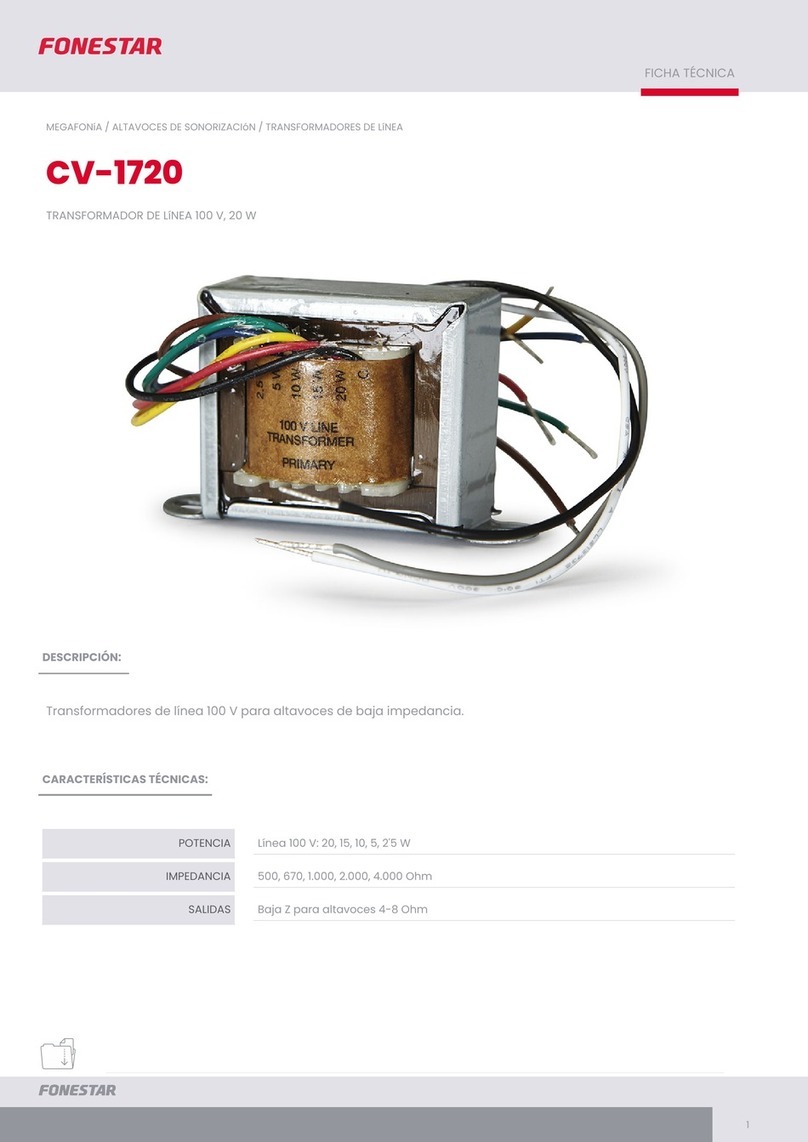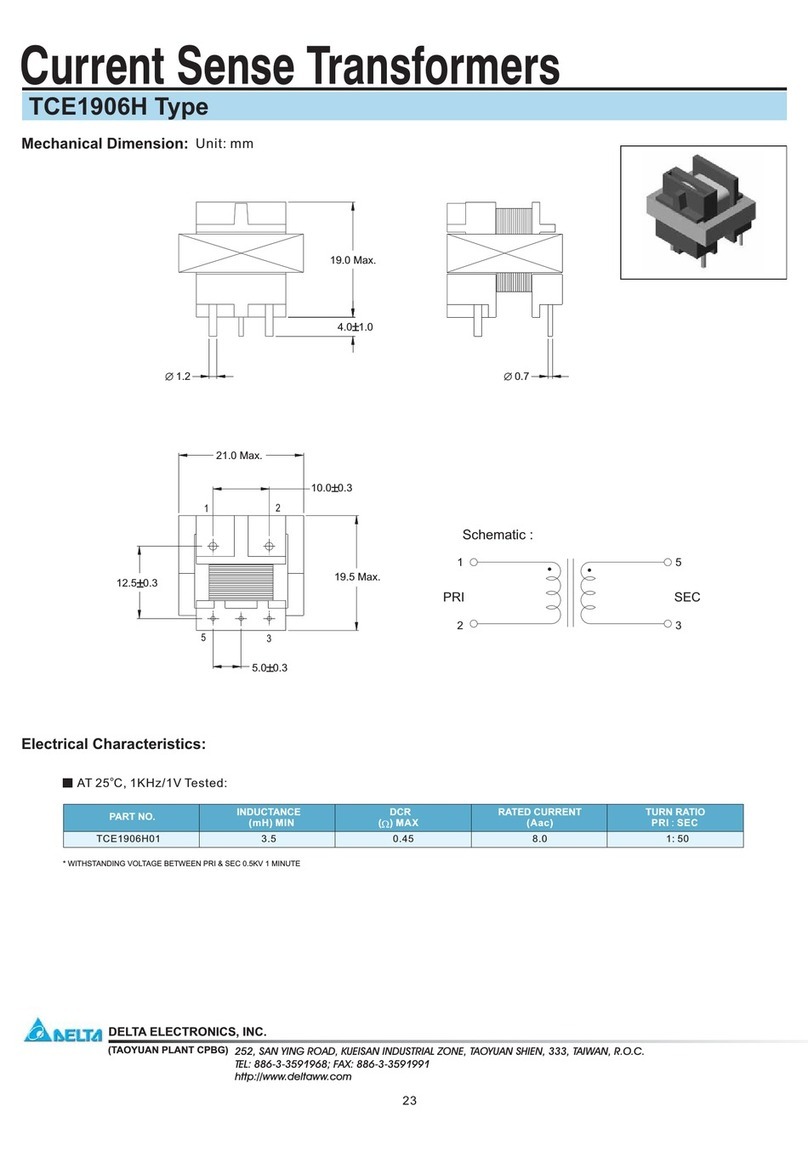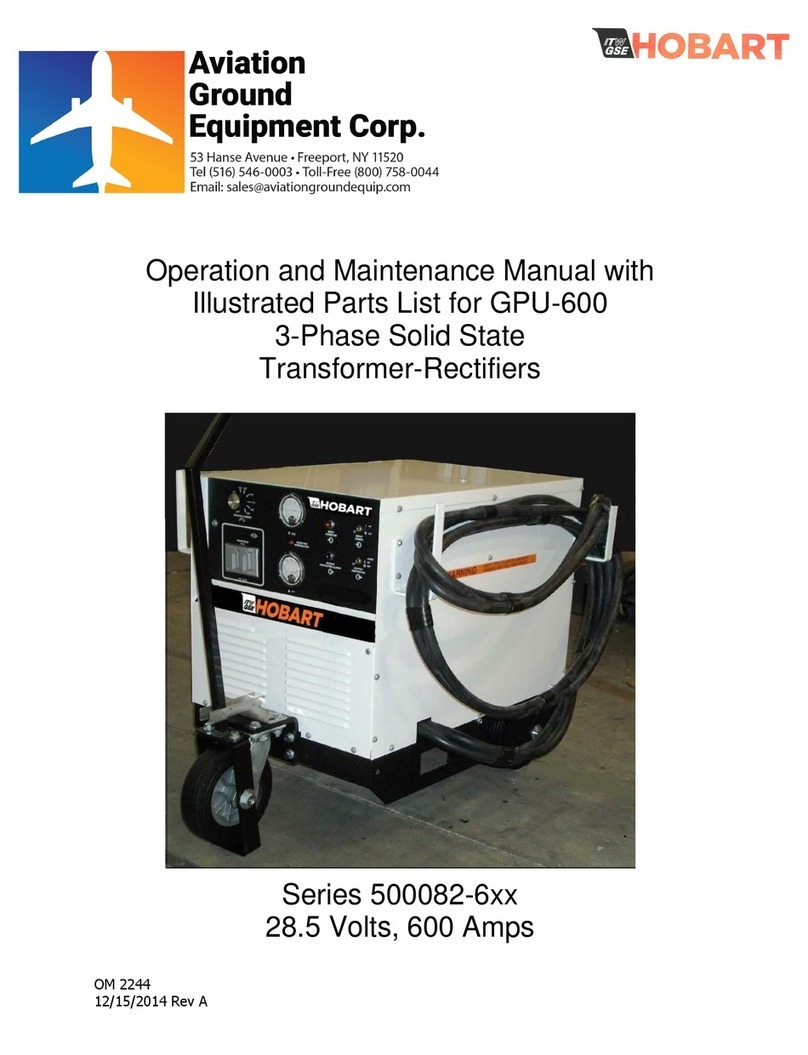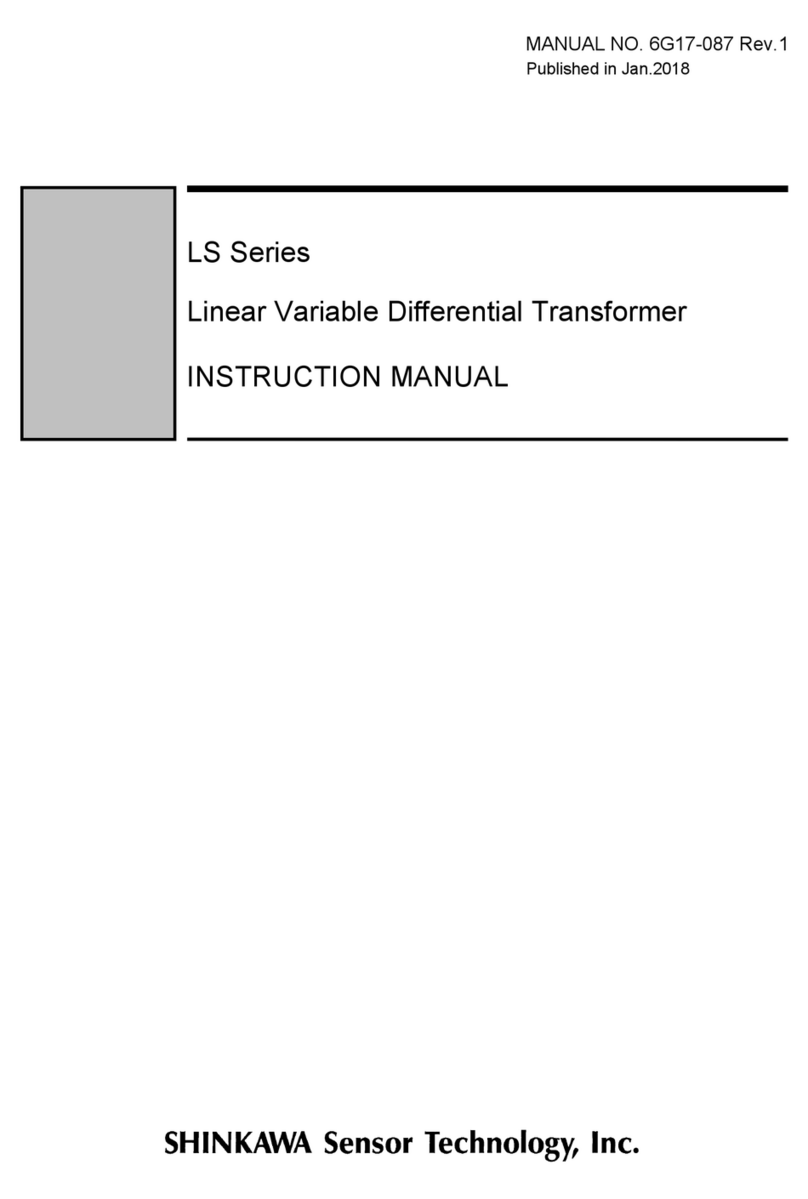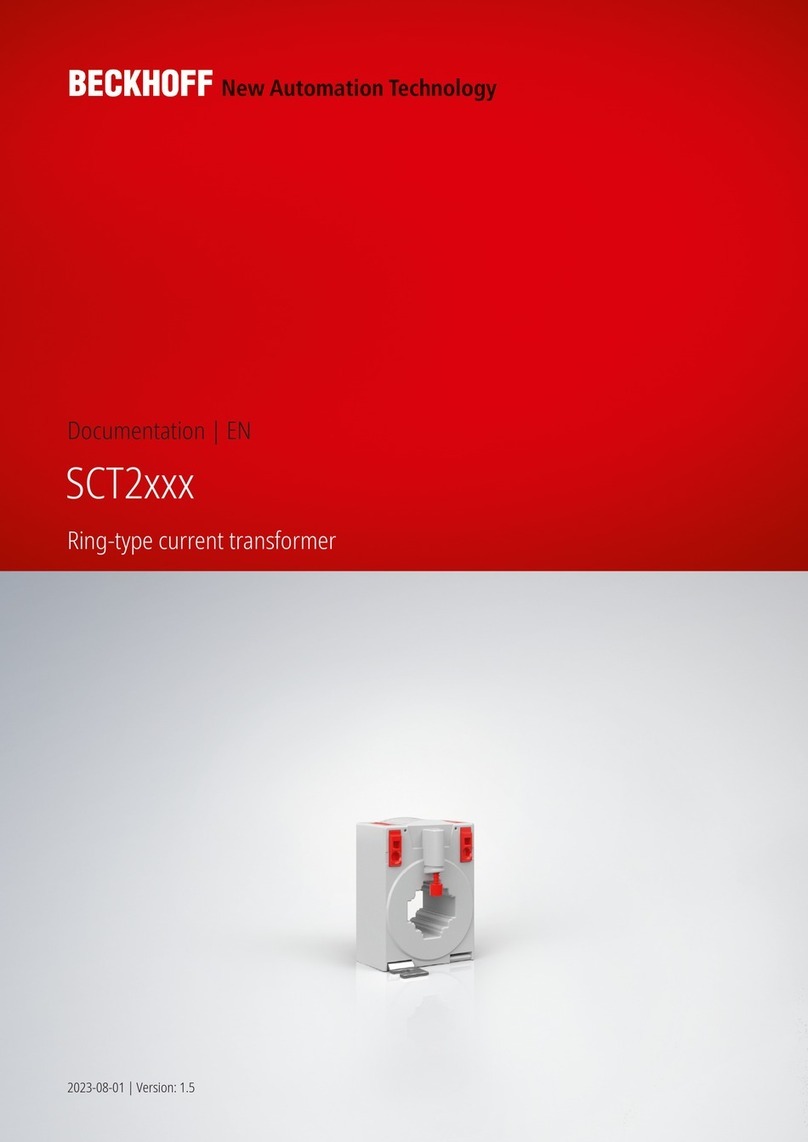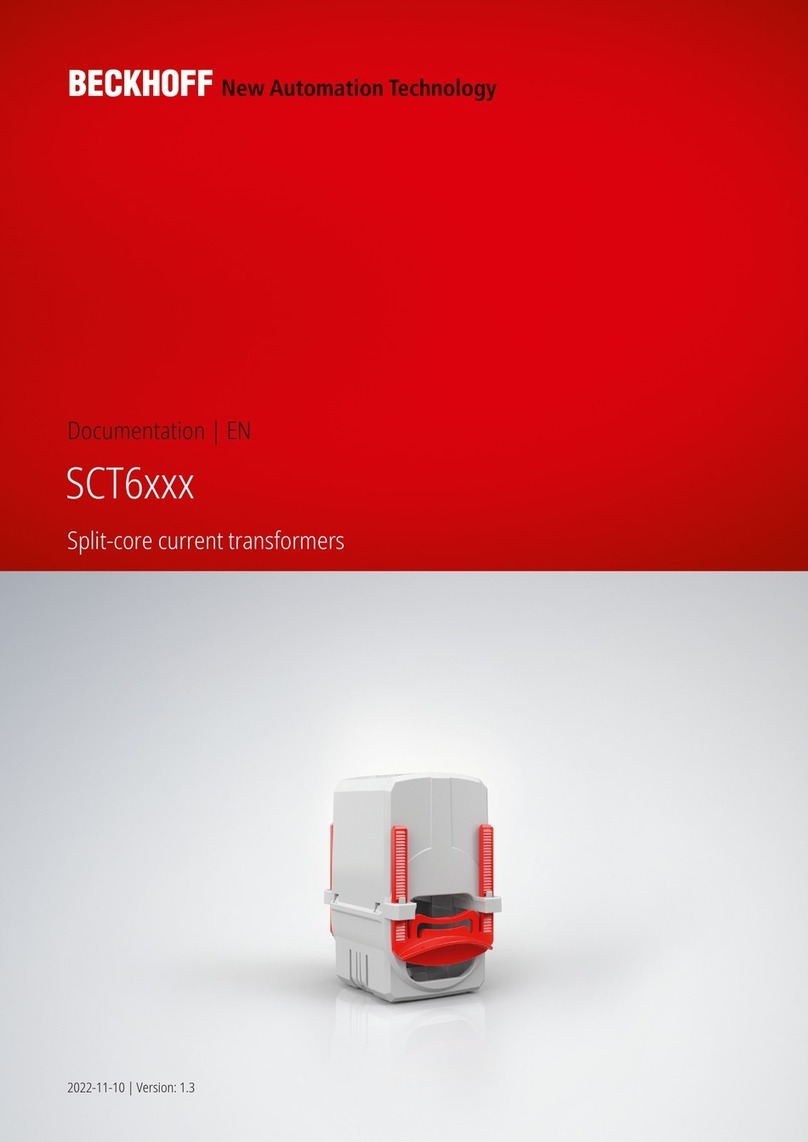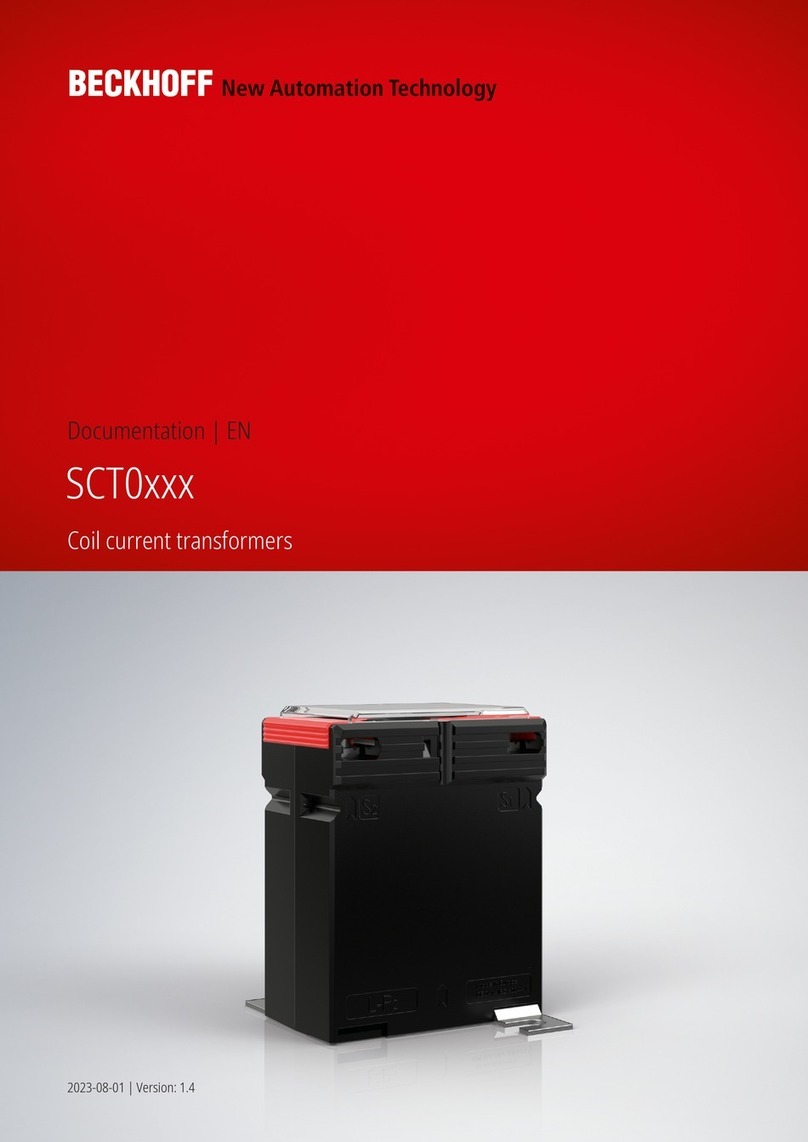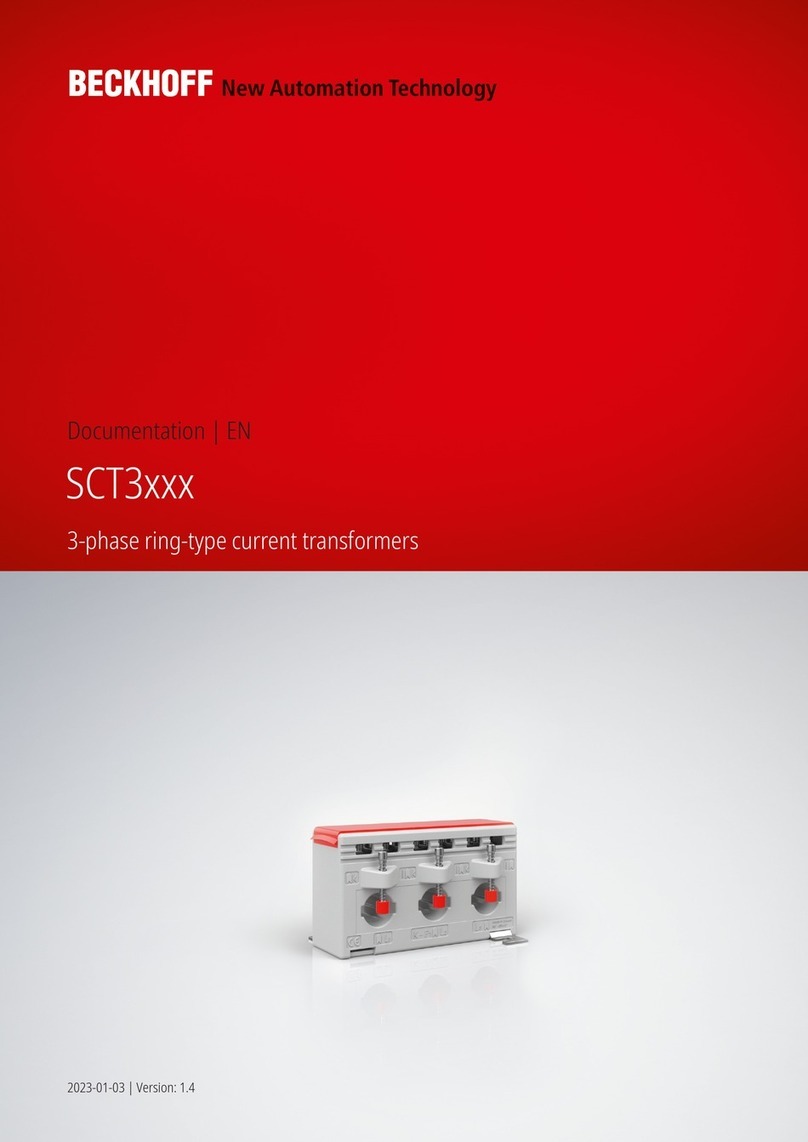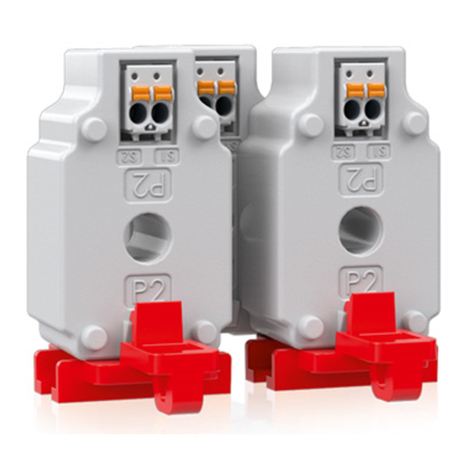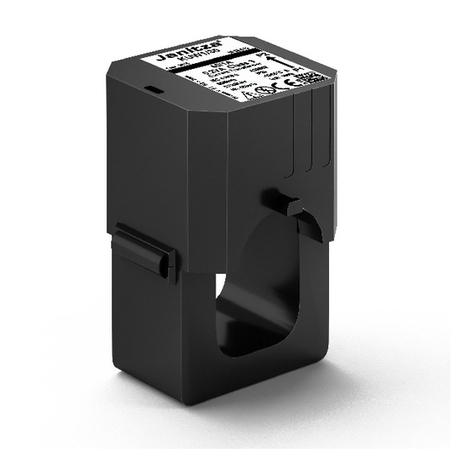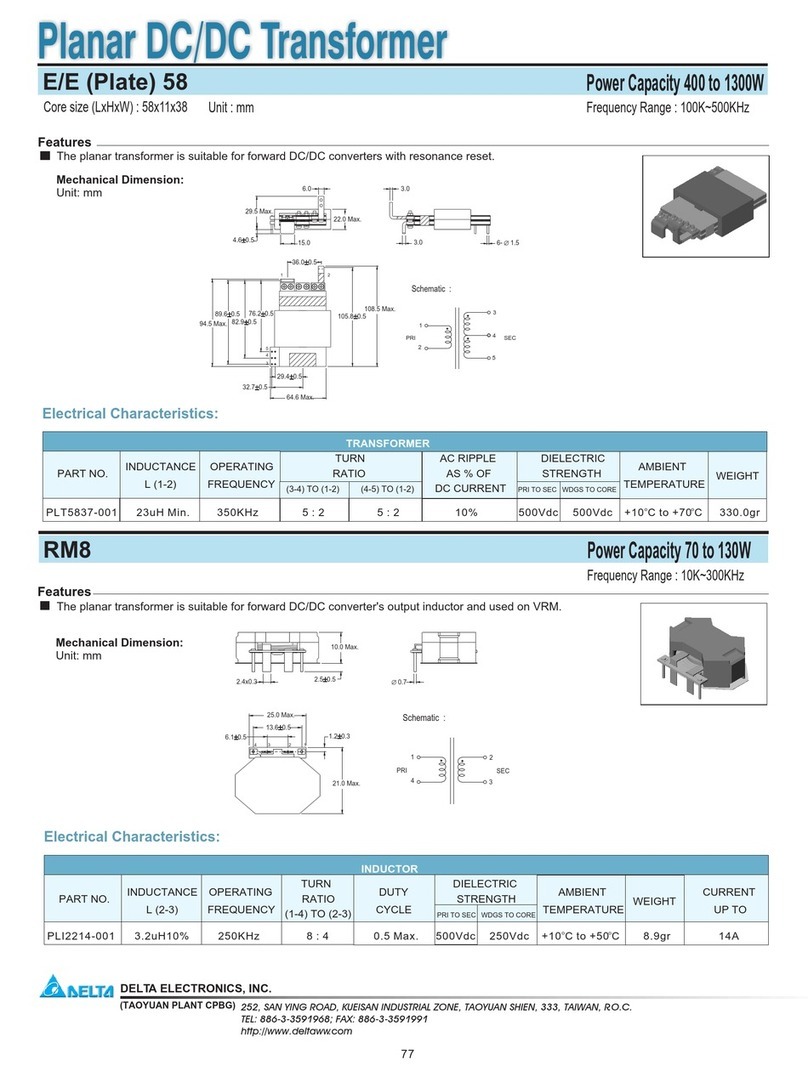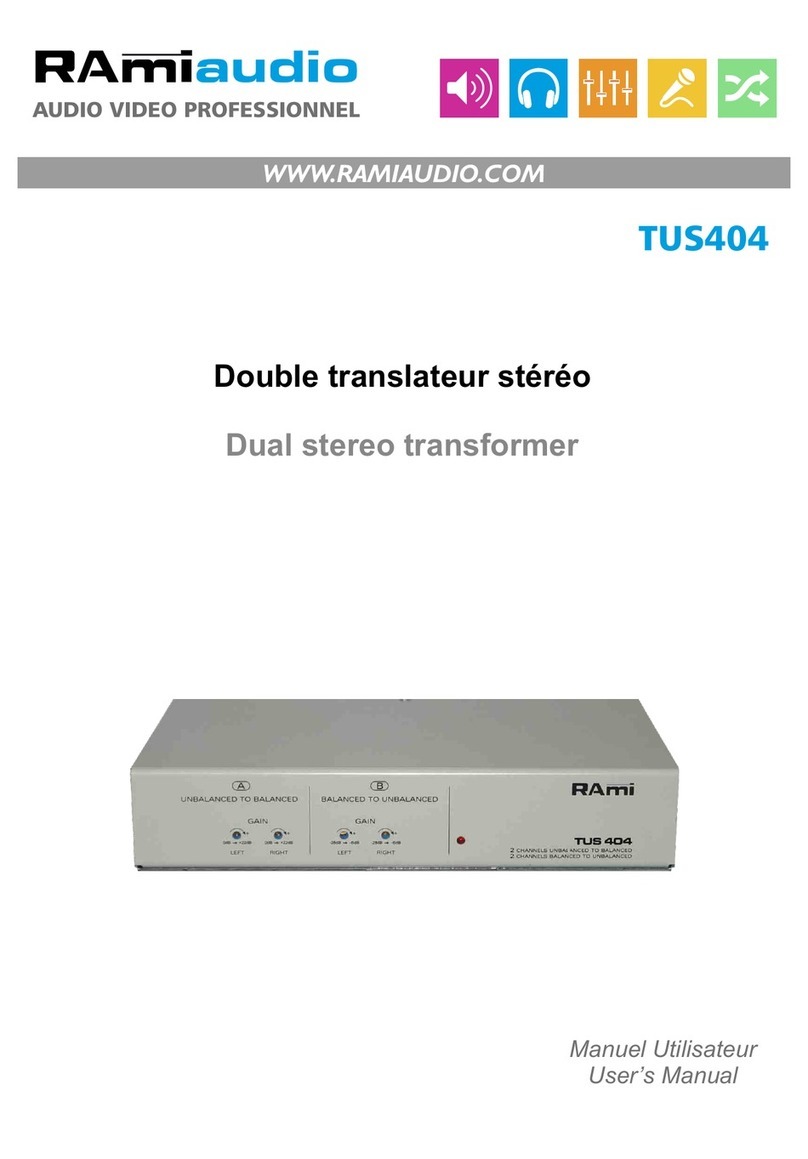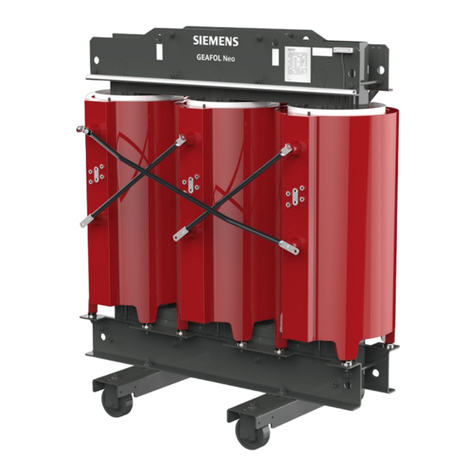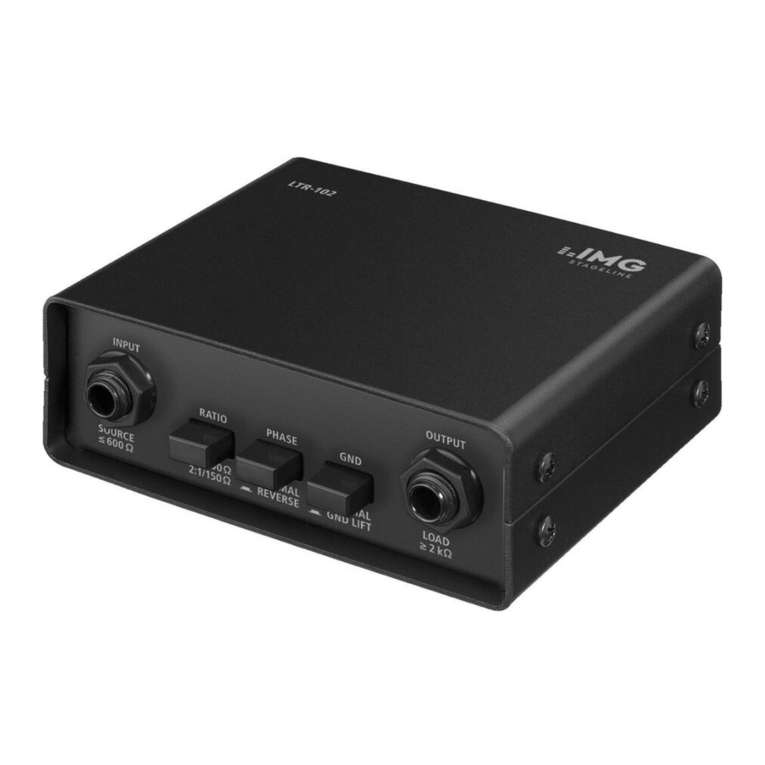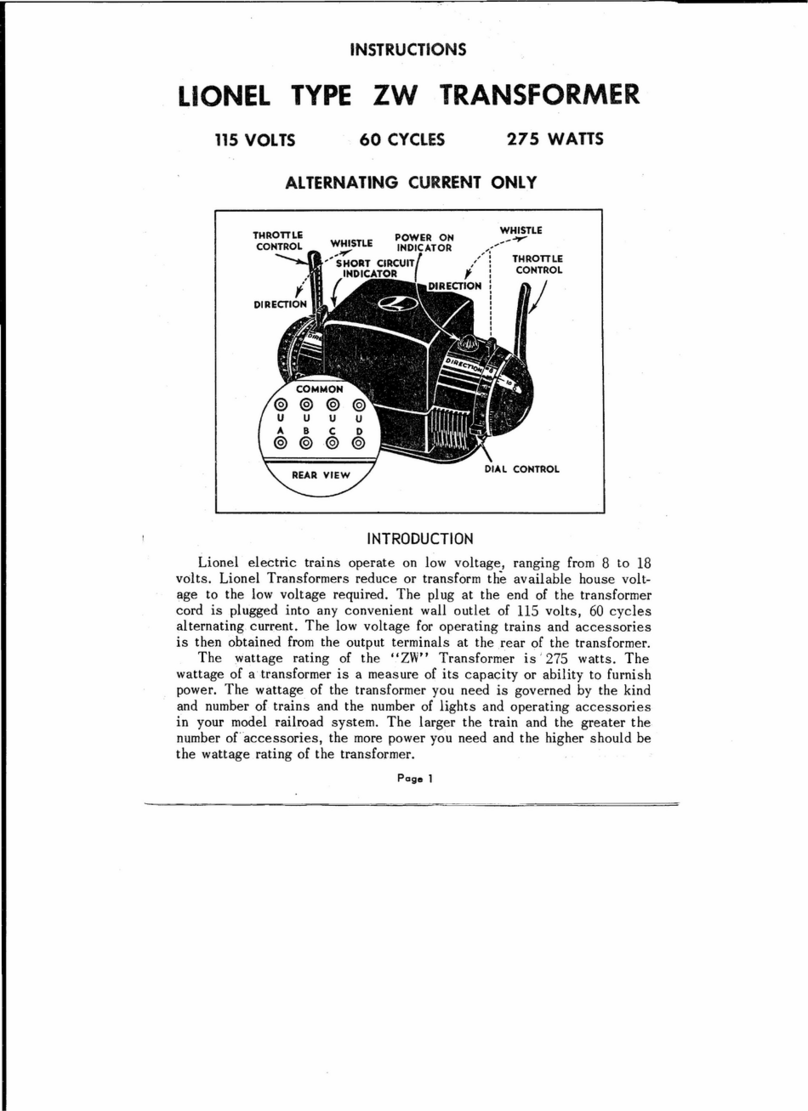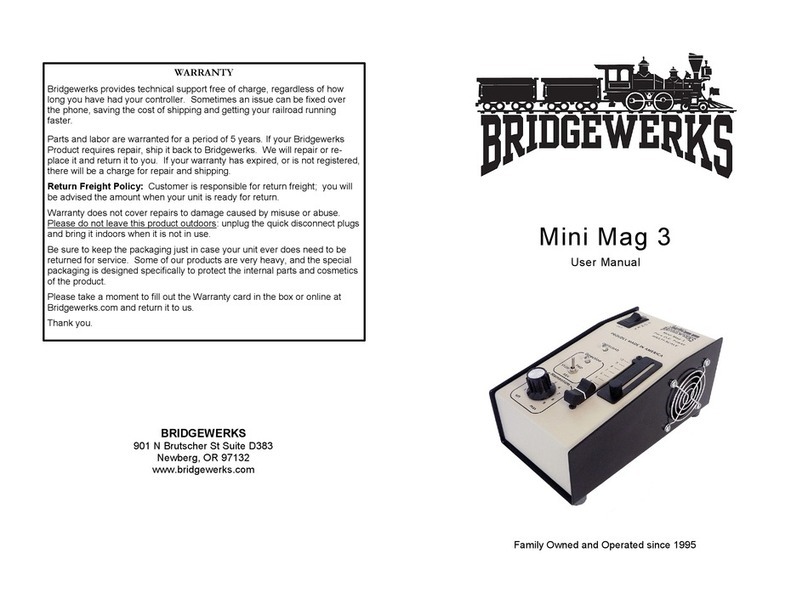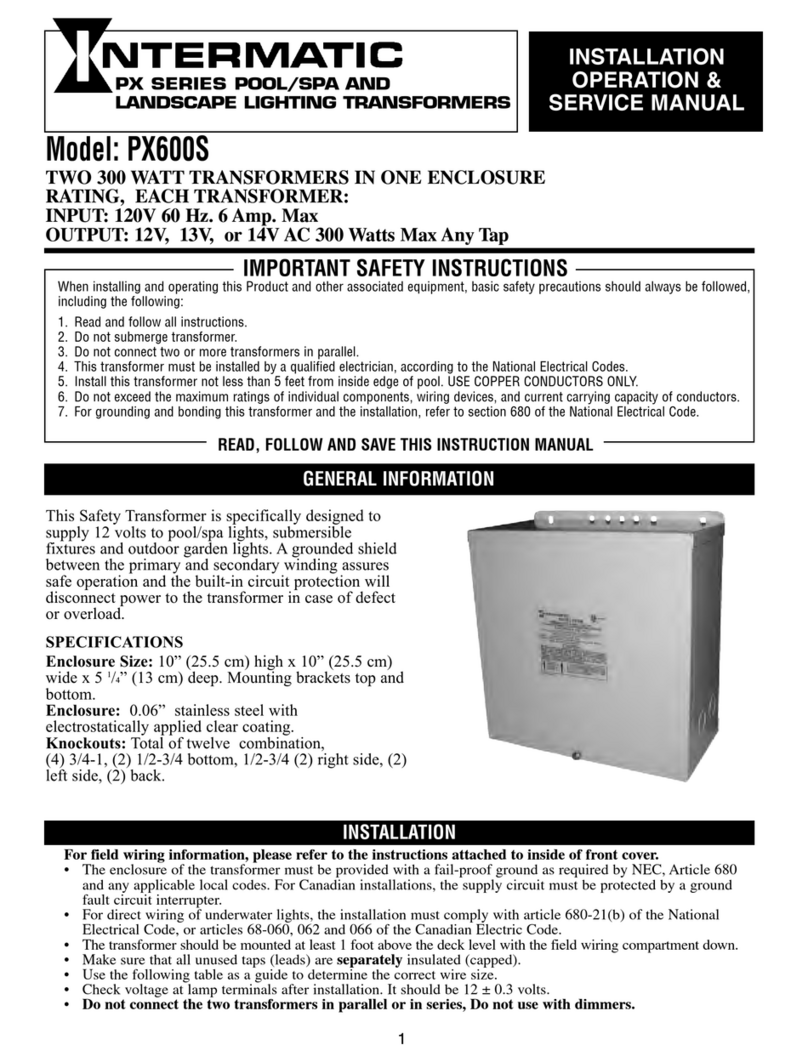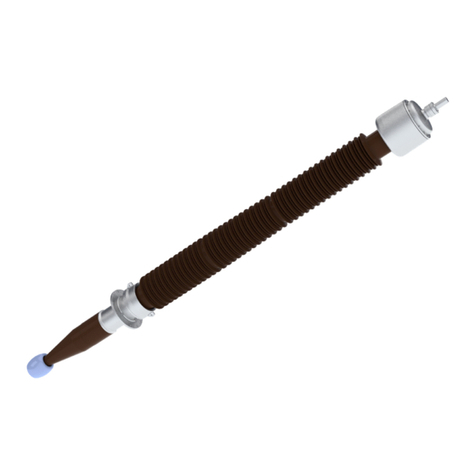
Table of contents
SCT7xxx 3Version: 1.2
Table of contents
1 Foreword ....................................................................................................................................................5
1.1 Notes on the documentation..............................................................................................................5
1.2 Safety instructions .............................................................................................................................6
2 Product overview.......................................................................................................................................8
2.1 Introduction........................................................................................................................................8
2.2 Basics current transformers...............................................................................................................9
2.3 Product categories – SCTxxxx current transformer.........................................................................12
2.4 Notes on class accuracy SCT transformers ....................................................................................20
3 Technical data..........................................................................................................................................21
3.1 SCT71xx | Busbar split-core current transformers, size 1 ...............................................................21
3.1.1 SCT71xx | General .......................................................................................................... 21
3.1.2 SCT7105 | Busbar split-core current transformer for primary currents 0…100 A/0…200 A,
accuracy class 3, size 1................................................................................................... 23
3.1.3 SCT7115 | Busbar split-core current transformer for primary current 0...250 V / 0…400 A,
accuracy class 1, size 1................................................................................................... 24
3.1.4 SCT7125 | Busbar split-core current transformer for primary current 0…400 A, accuracy
class 0.5, size 1 ............................................................................................................... 25
3.2 SCT72xx | Busbar split-core current transformers, size 2 ...............................................................26
3.2.1 SCT72xx | General .......................................................................................................... 26
3.2.2 SCT7215 | Busbar split-core current transformer for primary currents 0…500/0…600 A,
accuracy class 1, size 2................................................................................................... 28
3.2.3 SCT7225 | Busbar split-core current transformer for primary currents 0…500/0…600 A,
accuracy class 0.5, size 2................................................................................................ 29
3.3 SCT73xx | Busbar split-core current transformers, size 3 ...............................................................30
3.3.1 SCT73xx | General .......................................................................................................... 30
3.3.2 SCT7315 | Busbar split-core current transformer for primary currents 0…750 to 0...1500
A, accuracy class 1, size 3 .............................................................................................. 32
3.3.3 SCT7325 | Busbar split-core current transformer for primary currents 0…750 to 0...1500
A, accuracy class 0.5, size 3 ........................................................................................... 33
3.4 SCT74xx | Busbar split-core current transformers, size 4 ...............................................................34
3.4.1 SCT74xx | General .......................................................................................................... 34
3.4.2 SCT7415 | Busbar split-core current transformer for primary currents 0…1500 to 0…5000
A, accuracy class 1, size 4 .............................................................................................. 36
3.4.3 SCT7425 | Busbar split-core current transformer for primary currents 0...1500 to 0...5000
A, accuracy class 0.5, size 4 ........................................................................................... 37
4 Commissioning........................................................................................................................................38
4.1 Installation .......................................................................................................................................38
4.2 Maintenance and inspection............................................................................................................41
4.3 Troubleshooting...............................................................................................................................42
5 Application example................................................................................................................................43
5.1 Power measurement at a machine..................................................................................................43
6 Appendix ..................................................................................................................................................45
6.1 Documentation issue status ............................................................................................................45
6.2 Support and Service ........................................................................................................................46

